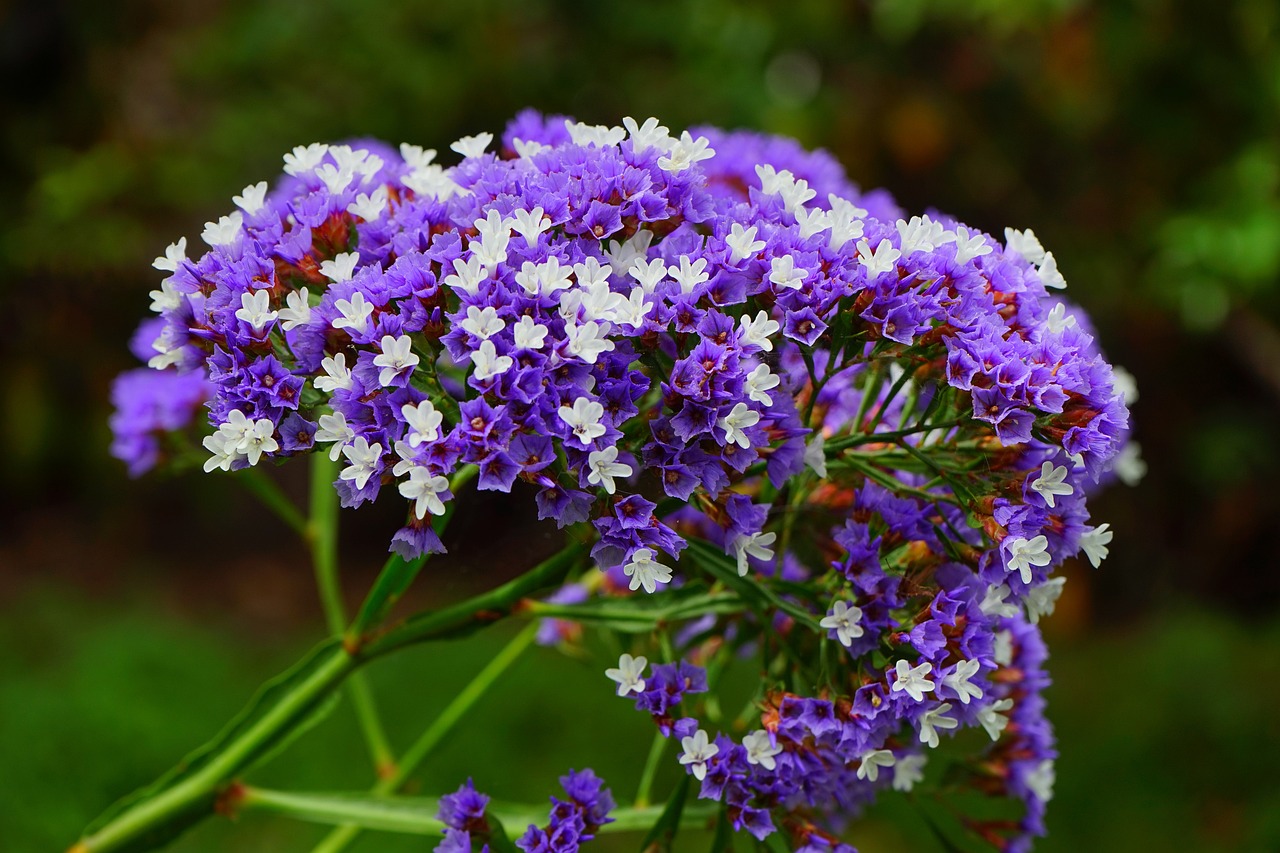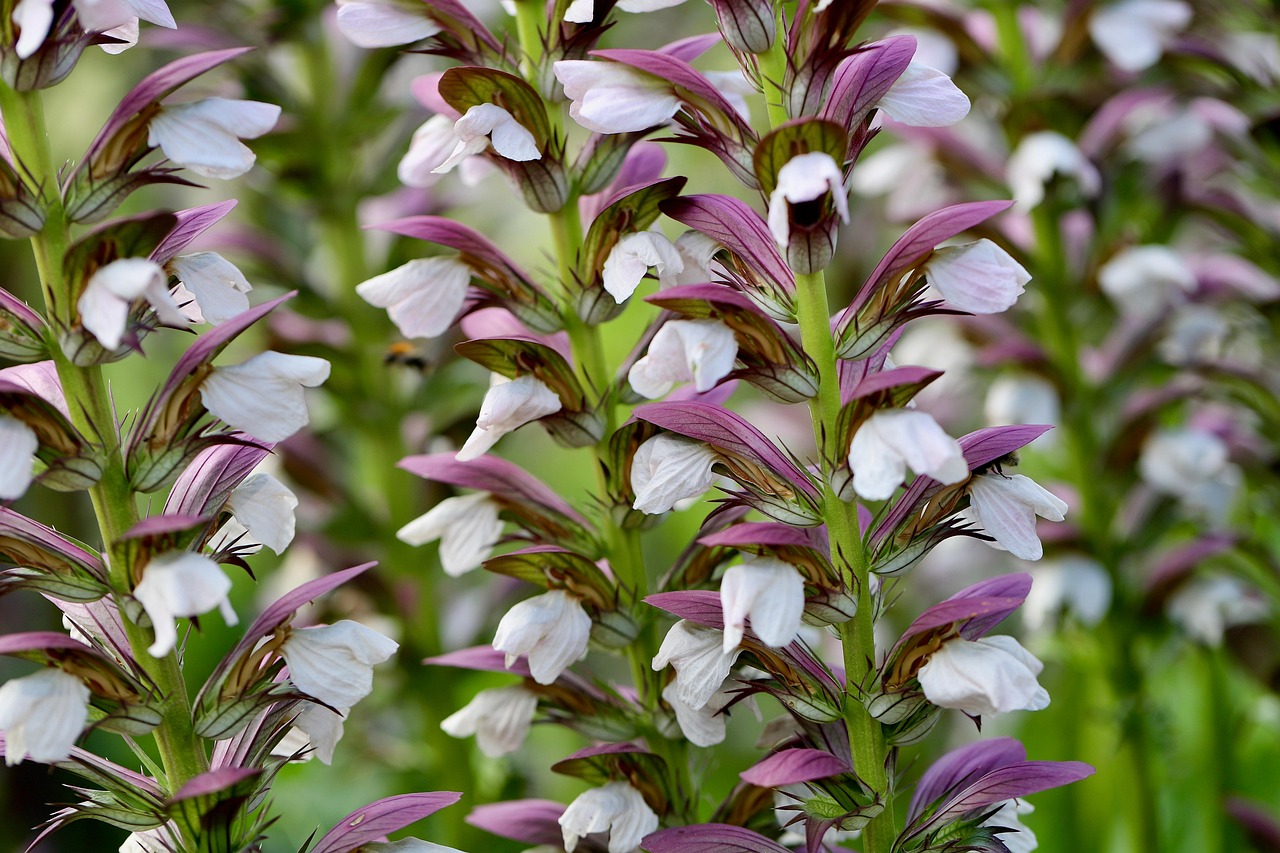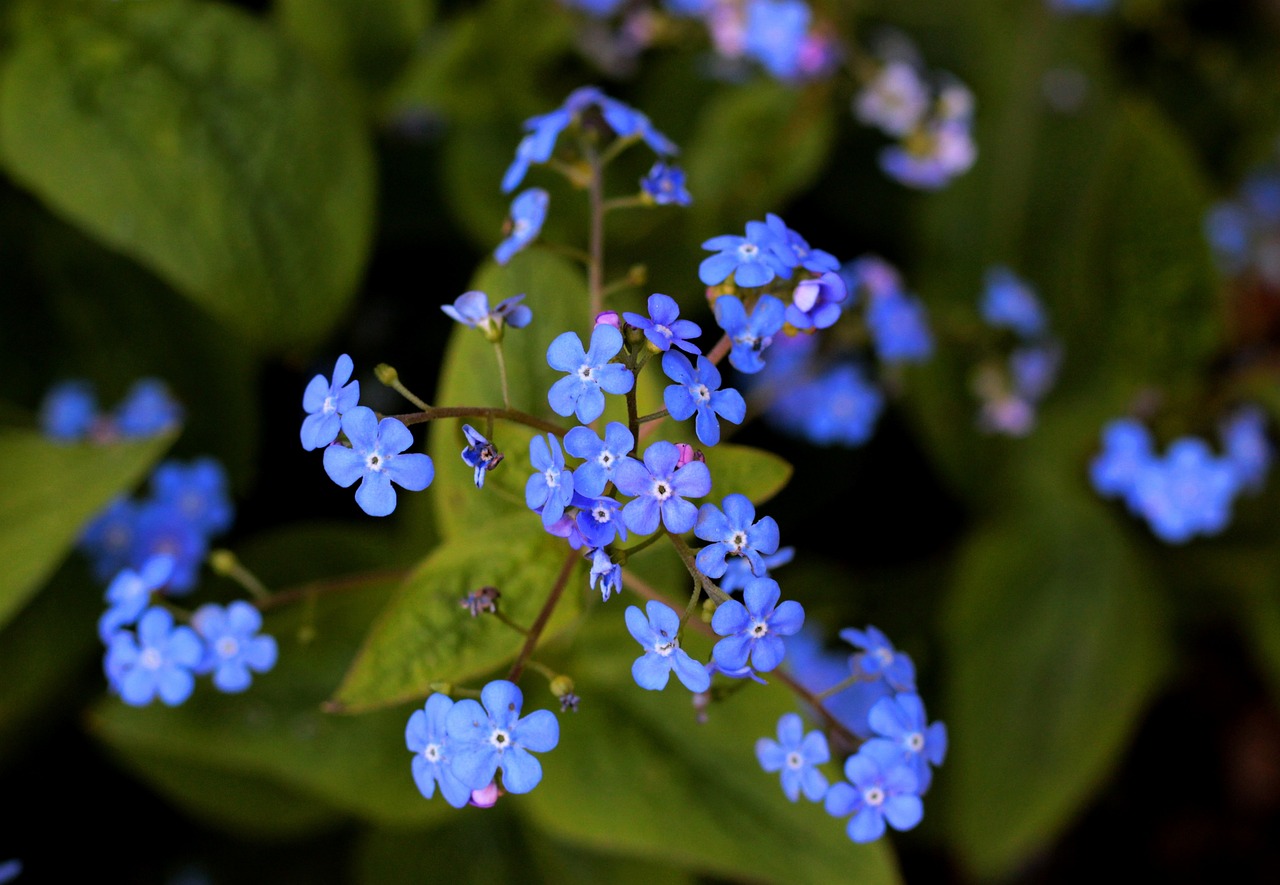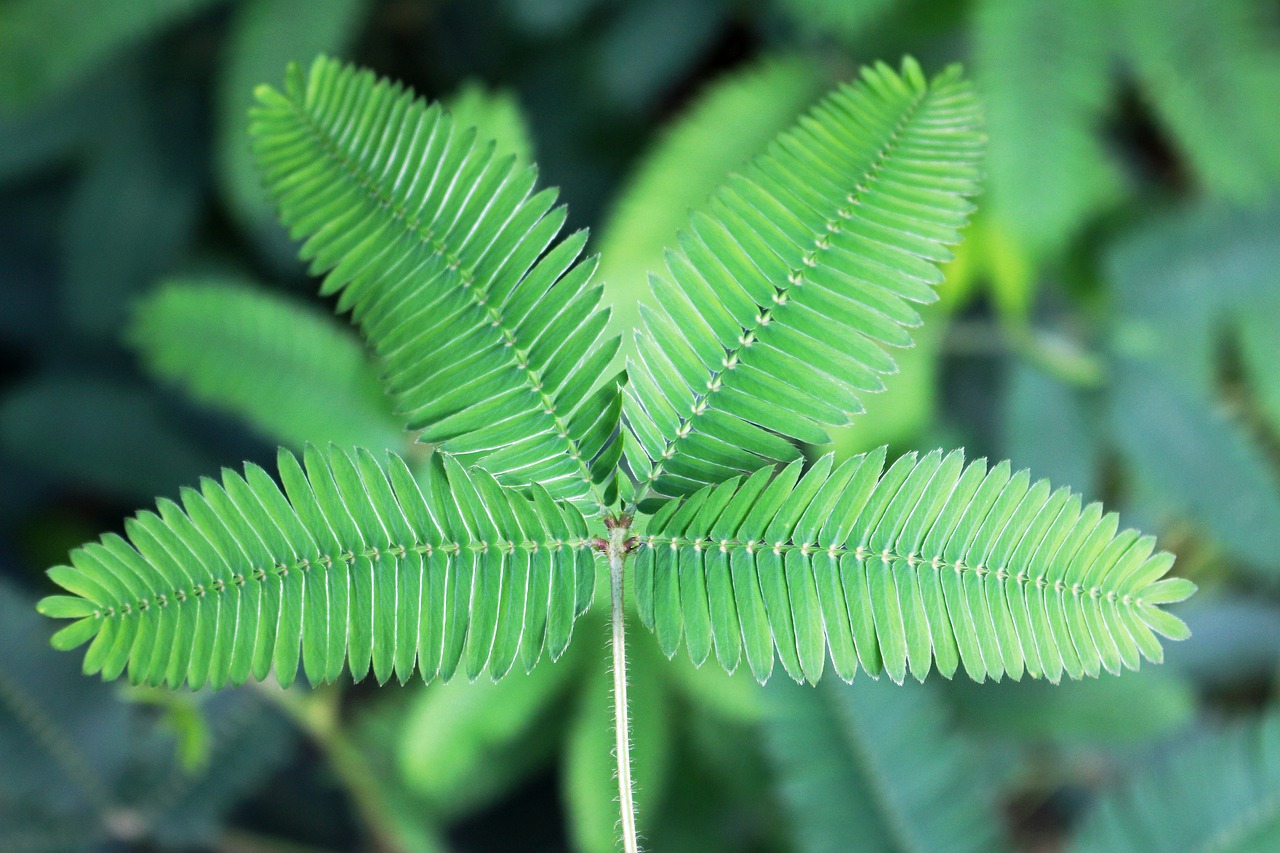Sweet Woodruff | A Woodland Herb that Shaped Medieval German Herbal Culture
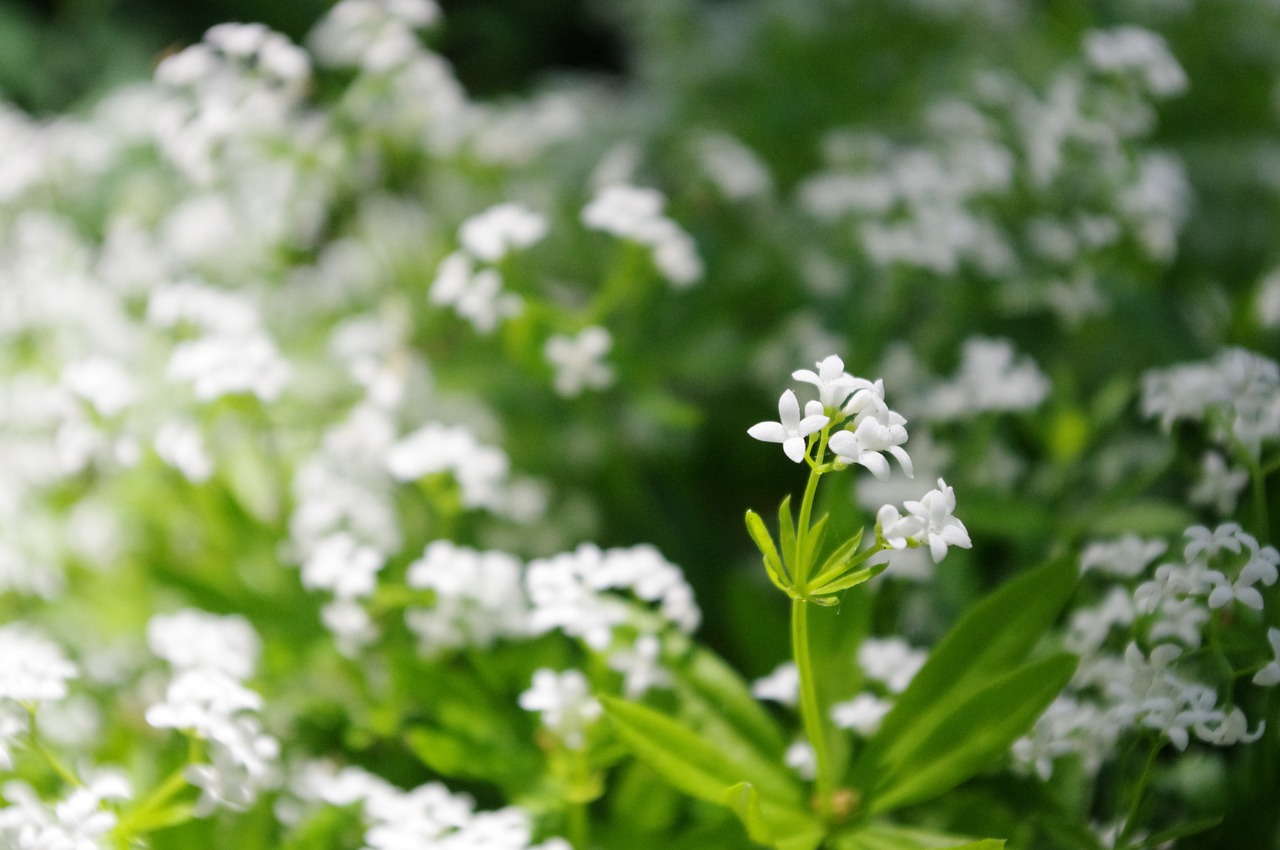
Sweet woodruff is a perennial plant native to forests in Japan and Europe, characterized by its delicate white flowers and whorled leaves. It prefers partial shade and is known as a plant that creates a calm and serene atmosphere in natural settings.
In this article, I will provide detailed information about sweet woodruff, including its basic characteristics, cultural and historical background, and cultivation methods.
Basic Information
- Scientific name: Galium odoratum
- Family: Rubiaceae
- Origin: Temperate regions of Europe and Asia
- Appearance: Slender leaves arranged in whorls, with small star-shaped white flowers blooming from spring to early summer. When grown in clusters, the flowers create a refined and delicate beauty.
- Flowering season: April to June
Cultural Significance Around the World
Sweet woodruff has long been incorporated into daily life in Europe.
In Germany and France, it is considered one of the flowers heralding the arrival of spring and has been used in traditional festivals and rituals.
In Germany, it is closely associated with the May festival (Maifest), where decorations and beverages made with sweet woodruff are enjoyed.
In Japan, sweet woodruff grows naturally in mountain forests and moist meadows, where it is cherished as a plant that enriches tranquil landscapes. It is sometimes introduced into gardens and tea gardens, where its modest beauty harmonizes with traditional Japanese aesthetics.
Historical Episodes
Records show that sweet woodruff was cultivated in medieval European monasteries, where monks used it as fragrant floor coverings.
When dried, it releases a sweet scent, making it useful for indoor decoration and the storage of clothing.
In the 18th and 19th centuries, it was introduced as a groundcover in European gardens and gained popularity as a plant that enhances natural atmospheres.
In modern times, sweet woodruff has spread worldwide as an essential element in woodland and natural gardens, and many gardens still preserve its charm today.
Gardening Advice
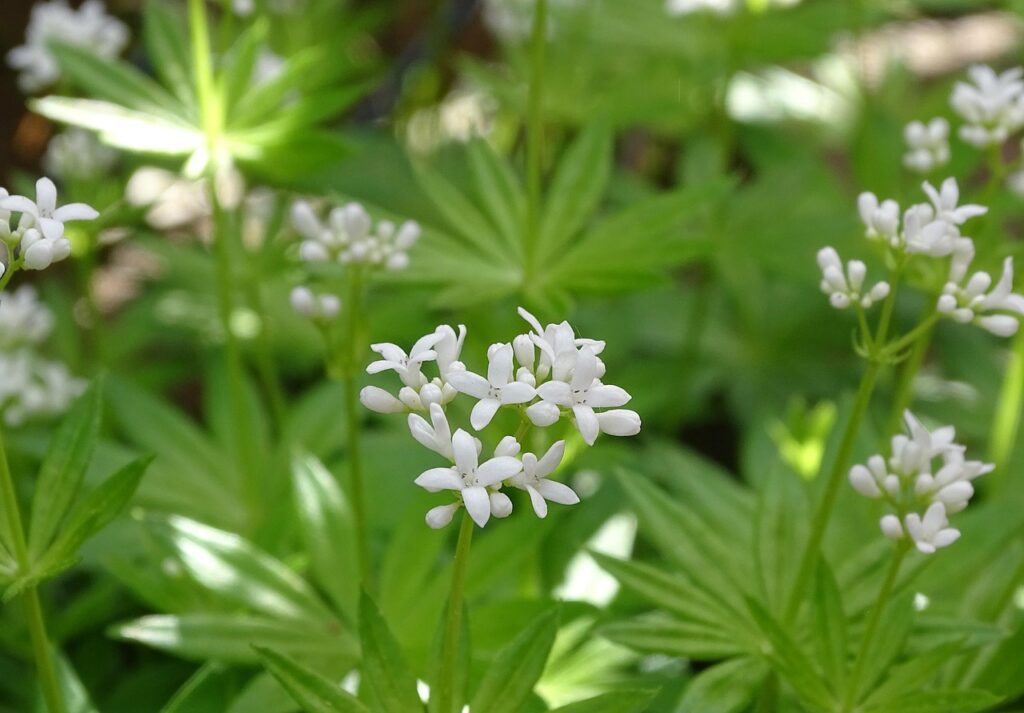
Sweet woodruff thrives in partial shade and is ideal for gardens with a natural atmosphere. Key cultivation points include:
Sunlight
It prefers dappled light in semi-shaded areas. Too much direct sunlight can damage the leaves.
Watering
To avoid excessive dryness, water moderately when the soil becomes dry. A consistently moist environment supports healthy growth.
Soil
Well-drained soil with moderate water retention is suitable. Soil enriched with leaf mold is ideal.
Fertilizer
Only a small amount is necessary, but applying a slow-release fertilizer in early spring encourages growth.
Cold Resistance
Sweet woodruff is cold-hardy. Even if the above-ground parts wither in winter, new shoots appear again in spring. In extremely cold regions, mulching with straw provides additional protection.
Conclusion
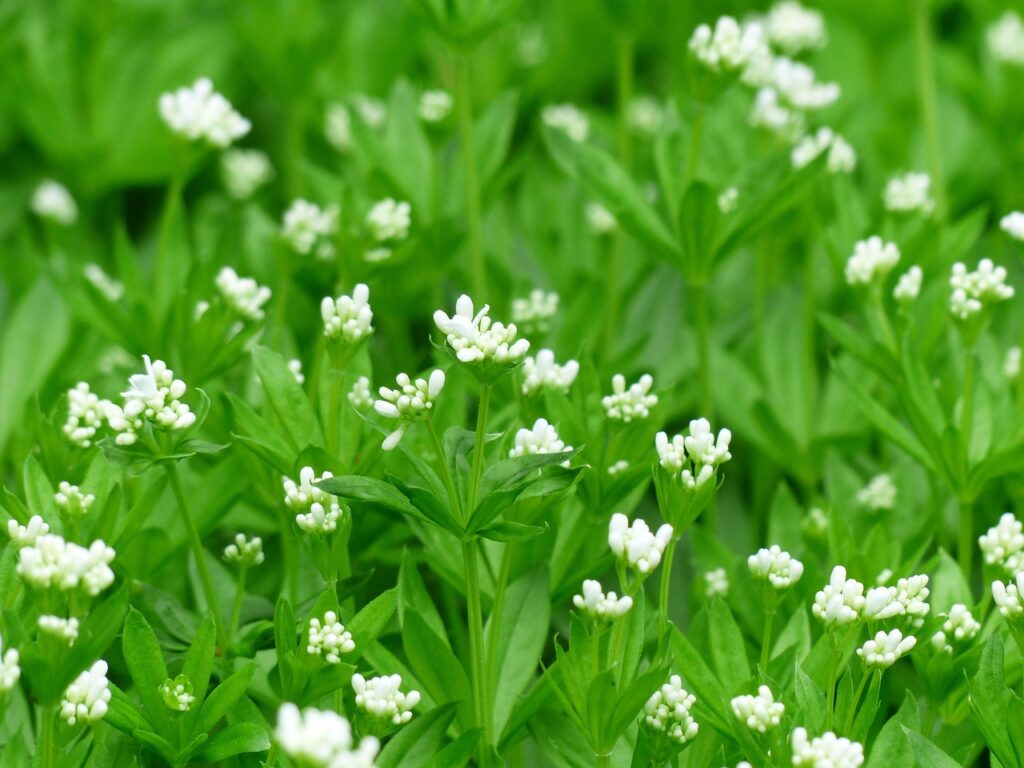
Sweet woodruff is a perennial with charming white flowers and whorled leaves, native to forests in Europe and Asia.
In Europe, it is closely linked to spring festivals, while in Japan, it is loved as a plant that enhances tranquil landscapes.
Historically, it was used in monasteries as a fragrant material for floor coverings and decorations, and since the 18th century, it has been valued as a garden plant.
As it thrives in partial shade and moist environments, sweet woodruff is well-suited for creating serene and natural gardens.


